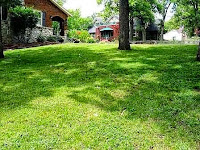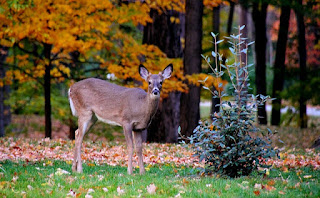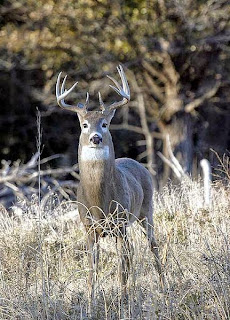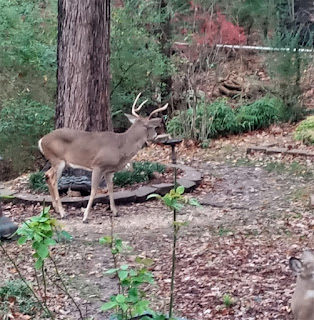Plant a tulip bulb garden in the
fall season and the flowers will bloom in spring. Tulips are attractive when
planted in masses along a walkway, close to your entrance, or as accent plants
in your yard and in a container.
For an informal tulip garden, you
may want to plant your tulips in masses mixed with other spring bulbs; daffodils
crocus and hyacinths are a few that look lovely when grown in masses.
Plant a formal tulip bulb garden by choosing a color theme that will compliment your home and landscape. A garden around a tree with a color theme of red and white looks nice or purple and yellow will certainly make your feature garden pop. Then plant tulips in stately urns and set the urns close to your home entrance. The tulip gardens will add color and curb appeal to your home.
Plant a formal tulip bulb garden by choosing a color theme that will compliment your home and landscape. A garden around a tree with a color theme of red and white looks nice or purple and yellow will certainly make your feature garden pop. Then plant tulips in stately urns and set the urns close to your home entrance. The tulip gardens will add color and curb appeal to your home.
Things
you will need to plant a tulip garden
- Tulip Bulbs
- Compost
- Bonemeal
- Organic Mulch
- Garden hose
- Garden gloves
- Shovel
- Tiller (optional)
- Water soluble fertilizer
Select a garden site that has full sun with well-drained soil. A garden that is raised is a good choice because tulips need soil drainage, they will not grow if the bulb is sitting in water.
Tulips will tolerate part shade at the end of the day but do require a minimum of seven hours of sun per day. If growing under or close to a tree, plan on buying early spring blooming tulips. These tulips will bloom before the leaves on the trees open. If the garden has good light the stems will be straight and tall and will not bend toward the light.
Plan your tulip garden by drawing the design out on paper. Use colored pencils to indicate the planting location for the tulip bulbs. For an informal garden of mixed spring bulbs, you would add these flowers to your garden plan. The garden design is very helpful when you are planting tulip bulbs as a color theme.
For massive plantings of tulip bulbs dig trenches that are twelve inches deep. The easiest way to do this is with a tiller. Remove the soil from the trench. Use your hands to loosen the soil until it is a light texture.
Mix compost with the soil and fill the hole to 8 inches from the surface.
Sprinkle bonemeal in the bottom of the hole. Plant the tulip (flat side down, pointy side up) at a depth of 3 times the size of the bulb diameter. Space your bulbs six inches apart. Cover the bulbs with soil and water well.
Tips
Water the tulip gardens one inch per week until the first hard
frost.
When the ground starts to freeze, you would then cover the
gardens with six inches of organic mulch; pine needles, or chipped tree bark.
In early spring remove the mulch before the tulip stem
starts to come up. If the spring is dry
begin watering tulips gardens, with one inch of water per week. Deep watering is good as it will get to the
bulb. After the tulip blooms cut back on
watering.
When the tulip foliage breaks the ground, feed with a water-soluble
fertilizer. I use miracle grow bloom
booster and have good results. Remember
to fertilize when the tulip starts to come up but not when the tulip is ready to bloom.
Allow the tulip to
die back naturally. You can add mulch
around the tulip after they have bloomed to retain moisture and deter weed
growth.
If your summers are dry then water the tulip gardens. Even though it is not blooming it is still alive under the ground and needs hydration.
You can plant tulips as late as November.
You can plant tulips as late as November.







